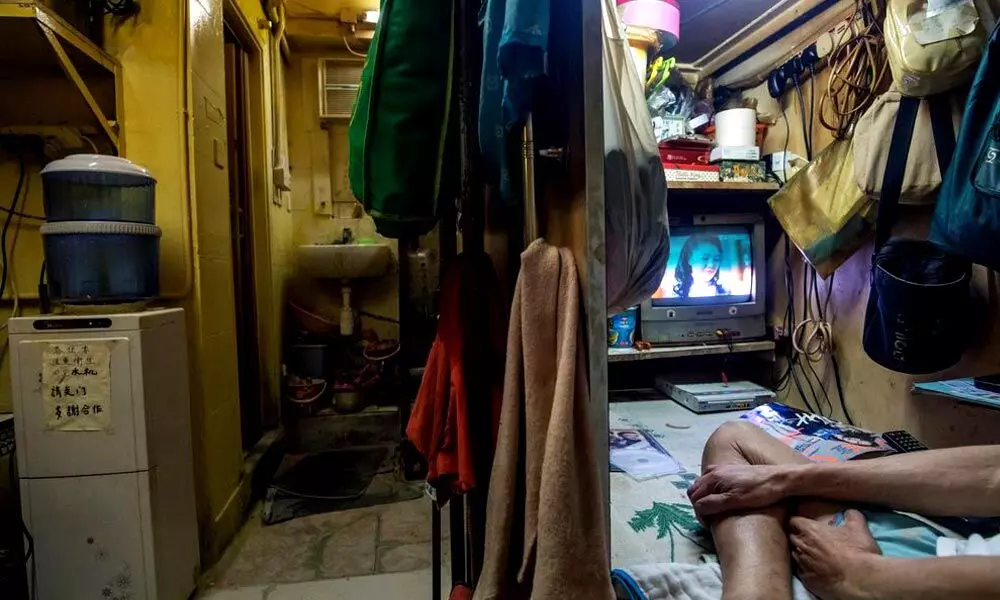A property boom built on invisible slums
Hong Kong has a housing crisis that goes beyond a critical shortage of land. There is no easy solution
image for illustrative purpose

A booming stock market at a time of pandemic recession and widening inequality is an unfortunate combination, so the tax raid on the Hong Kong exchange shouldn't be a surprise. Soaking well-to-do finance types to help pay for consumption handouts sends a convenient populist message. It may also serve to deflect attention from the government's failure to tackle the biggest contributor to the city's wealth gap: property.
Annual home supply in the coming five years is expected to be 38,280 units, based on figures in last week's budget, falling 11 per cent short of the government's target of 43,000, according to Bloomberg Intelligence's Patrick Wong. Public housing supply will be 33 per cent below an annual goal of 30,100. By contrast, regional rival Singapore, which runs a comprehensive public housing program, has a glut of apartments. A year ago, Hong Kong Financial Secretary Paul Chan said the government was pressing "full steam" ahead with the recommendations of a task force set up to examine inadequate land supply, though that line didn't feature in the 2021 presentation. The government will sell 15 residential sites in the coming year, capable of providing a mere 6,000 homes.
Hong Kong has a housing crisis. As of 2016, the city of 7.5 million had an estimated 210,000 people living in subdivided apartments, tiny spaces carved out of existing dwellings where low-income residents pay exorbitant rents, often in older, crumbling buildings that have exceeded their serviceable life. The partitioning is frequently illegal, with electrical rewiring and plumbing alterations that create fire and health hazards. The proliferation of these invisible slums is a product of insufficient home building, itself the legacy of historic mistakes in public policy.
On the face of it, the government's reluctance to accelerate housing production more aggressively might seem puzzling. During the 2019 pro-democracy protests, China's state media frequently linked Hong Kong's social discontent to livelihood issues such as the housing shortage (though there was little evidence of this). With mainland officials now taking a more direct hand in the city's affairs, one might expect them to move with alacrity to address the problem.
That they are not shows just how intractable the challenge has become. In the government's telling, supply is a matter of physical constraints: Hong Kong is simply short of land, and this dearth cannot be solved quickly or easily, a narrative that helps to support its case for building 1,000 hectares of environmentally destructive artificial islands in the waters west of Hong Kong island. Besides costing $80 billion, this project will take decades to come to fruition.
Some are dubious, pointing to a wealth of alternative land sources, from brownfield sites to the untapped potential for regeneration of a decaying urban housing stock. Private developers have vast agricultural land banks in the New Territories that they could be compelled to put to use. (Bloomberg)
Matthew Brooker

